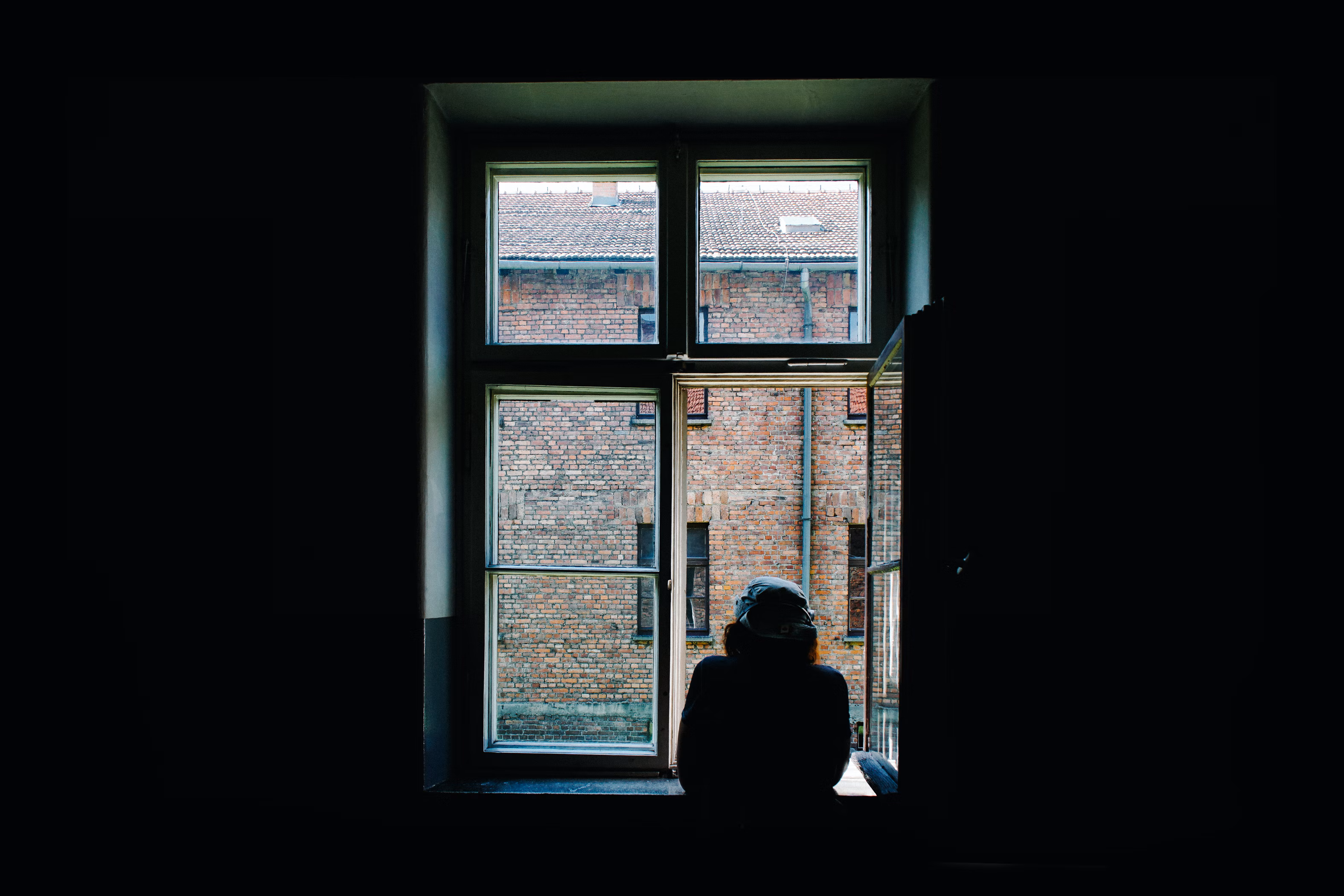What makes my room dark?
Discover the main elements that make a room dark in a house. It can be its location, its neighborhood or its own characteristics. Here are the main elements that can make a home dark. One or more of these parameters come into play to explain why my room is dark.

My room is dark because my home is on the first floor. Surrounded by buildings, a first floor can be totally hidden from the sun’s rays.
My room is dark because my home is on the second floor. In an urban environment, the first floor does not guarantee access to light. Surrounded by tall buildings, a second floor may never receive sunlight.
My room is dark because it has small windows. A small window gives less light than a large one. This is an implacable and frequent logic. Indeed, small windows are a characteristic of old buildings. Our ancestors did not have steel and concrete lintels to make large openings.
My room is dark because it is deep. The daylight is very present at the windows. But as soon as you move away from them, the natural lighting decreases sharply. At the bottom of a deep room, there remains only a penumbra, still accentuated by the contrast of the brightness of the windows.
My room is dark because it is single exposure. There are windows only on one side. A double or triple exposure room is brighter. The light enters from several sides.
My room is dark because it is in the shades of trees. Trees are our friends. They are part of the landscape. Their leaves filter the polluting particles in the air. Their bushy branches protect us from excessive heat. But it’s true, sometimes they block out the daylight and put us in the shade.
My room is dark because it faces North. It is the only exposure that does not receive direct sunlight. Rooms facing North are often darker than rooms facing South, East or West.
My room is dark because it is opposite. The presence of a building in front of the windows hides the sun’s rays and creates a canyon effect that limits the entry of daylight.
To know more about it:

